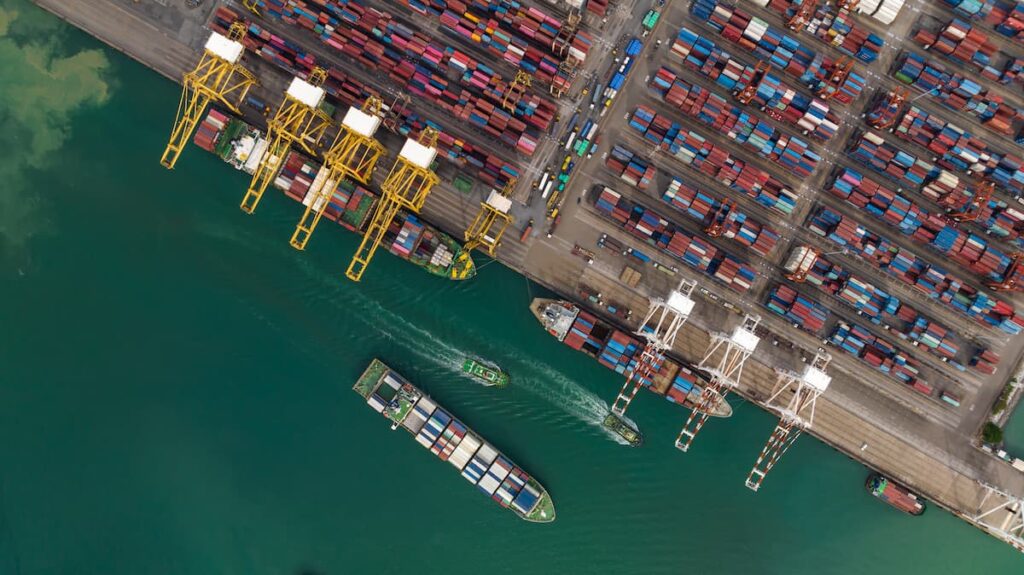New Tariffs to Reshape Economic Ties in Southeast Asia
President Donald Trump announced two major trade agreements this week, one with the Philippines and another with Indonesia, as his administration pushes ahead with its tariff-centered economic strategy. Both deals impose 19% tariffs on imports from the two nations while allowing American exports to enter without tariffs. The announcements come just ahead of the August 1 deadline Trump set for trade partners to reach new deals or face steeper tariffs.
The agreement with the Philippines followed a meeting between Trump and President Ferdinand Marcos Jr. at the White House. Although no formal signing was disclosed, Trump described the meeting as productive, stating on his social media platform that “we concluded our Trade Deal.” The Philippines becomes the fifth nation to secure such an agreement with the United States in the past three months.
Indonesia, which had briefly faced a 32% tariff in April, also reached an agreement under similar terms. A joint statement released Tuesday detailed tariff rules and commitments to reduce non-tariff barriers, particularly those affecting digital services and American agricultural exports.
Tariff Strategy Signals a Shift in Us Trade Policy
Unlike traditional free trade agreements, these deals do not aim to eliminate tariffs entirely. Instead, they set fixed import duties that the United States will apply to goods from its partners. Under the new terms, American businesses will pay 19% tariffs on goods imported from the Philippines and Indonesia, while their exports to those countries will not face reciprocal charges.
Trump emphasized the strategic nature of the Philippines deal, highlighting both economic and military cooperation. “The Philippines is going OPEN MARKET with the United States, and ZERO Tariffs,” he posted, adding that the two nations would also deepen military collaboration. The Philippines imported $14 billion in goods to the US last year, while exporting $9 billion in return. Computers, electronics, and food products dominated trade flows in both directions.
Philippine officials have indicated willingness to eliminate tariffs on some US goods. Finance Secretary Ralph Recto suggested the country could offer zero tariffs on select American imports, though no specific product categories have been confirmed. President Marcos later mentioned the potential elimination of duties on US automobiles.
Indonesia Removes Key Trade Barriers for Us Exports
The agreement with Indonesia mirrors the tariff framework established with the Philippines, but also includes significant concessions on trade regulations. As part of the deal, Indonesia will eliminate taxes on digital services, such as advertising on social media and streaming platforms. The country will also lift pre-shipment verification requirements, which US officials said were particularly restrictive for agricultural exports.
Administration representatives highlighted additional reforms, including Indonesia’s agreement to recognize US Federal Motor Vehicle Safety Standards and remove restrictions on exporting critical minerals. These measures are designed to open the Indonesian market to a wider range of American products.
The US imported $28 billion in goods from Indonesia last year, with apparel and footwear accounting for the largest share. In contrast, it exported $10 billion in goods, mainly in oil, gas, and agricultural commodities. Indonesia currently ranks as America’s 23rd largest trading partner.
Uncertainty Remains Ahead of August Deadline
While the Trump administration has promised dozens more deals before the August 1 deadline, few specifics have emerged about negotiations with other countries. The Philippines and Indonesia are among a handful of nations that have secured agreements, potentially shielding them from the harsher tariffs that could soon be enforced.
Earlier this month, Trump announced a deal with Vietnam but has yet to disclose its terms. His trade team has shifted its messaging, prioritizing the quality of agreements over quantity. Meanwhile, investors have remained largely indifferent to the looming tariff hikes, despite warnings of rates as high as 50% on other trading partners.
As the global trade landscape continues to evolve, Trump’s unorthodox strategy of tariff-driven diplomacy may redefine how the United States conducts commerce with allies and competitors alike.


